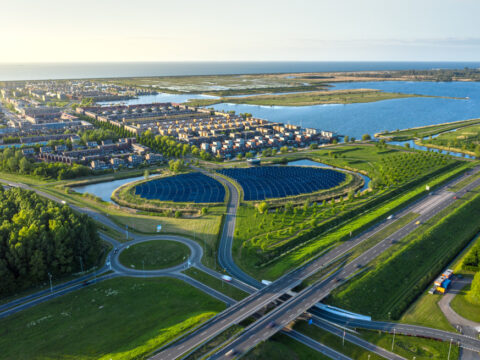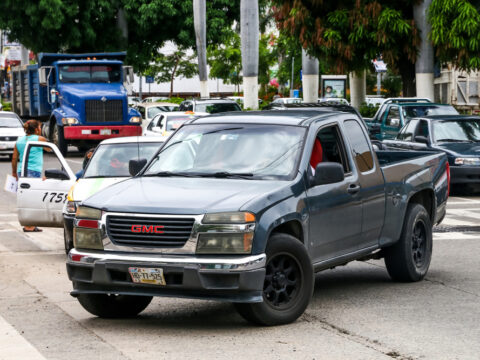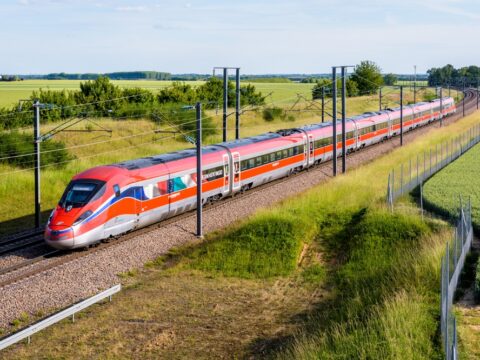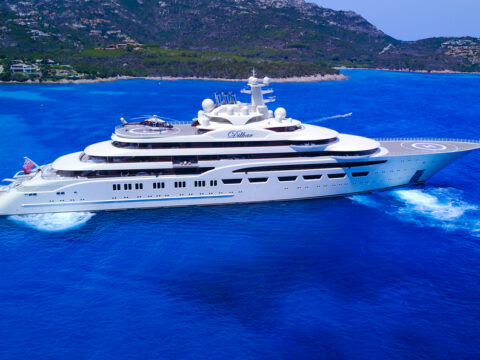Not every high-performance car lives up to the hype. While some cars are designed to push boundaries and promise incredible speed, handling, or innovation, not all deliver as expected. In this list, we’ll take a look at 25 high-performance cars that, despite big expectations, fell short in one way or another.
Contents
DeLorean DMC-12

The DeLorean DMC-12 became iconic for its role in Back to the Future, but its performance didn’t live up to the futuristic hype. With a 2.85-liter V6 engine producing just 130 horsepower, it was slow compared to its sports car rivals. The handling was also subpar, leaving enthusiasts disappointed despite its flashy gullwing doors and stainless steel body.
Pontiac Fiero
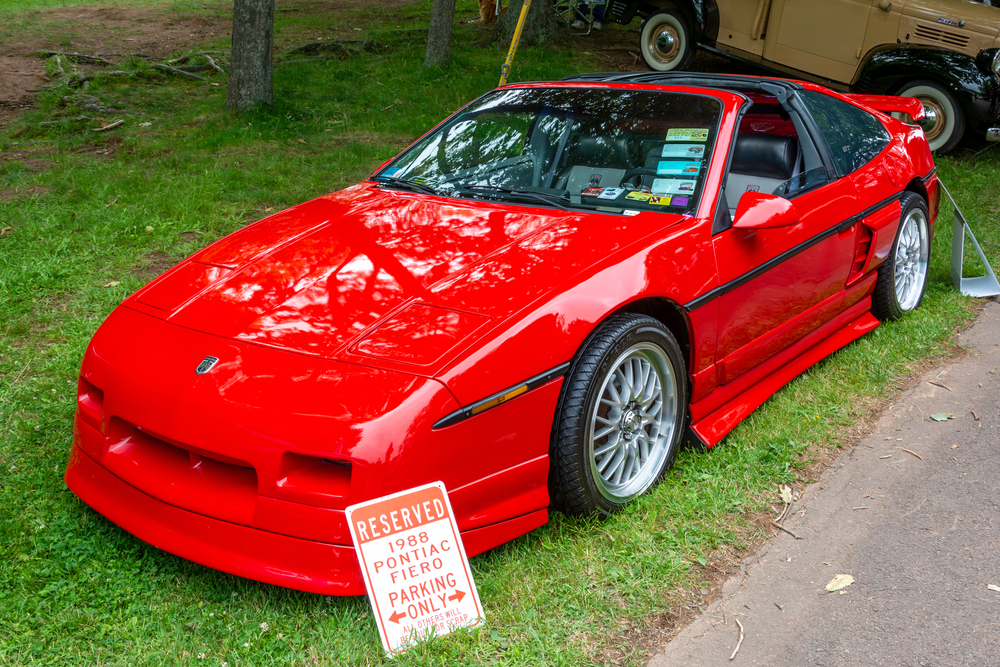
The Pontiac Fiero had a promising start as a mid-engine sports car aimed at the masses. Unfortunately, early models were plagued with reliability issues and an underpowered 2.5-liter engine with only 92 horsepower. It eventually improved, but its reputation for mechanical problems overshadowed its potential as a true performance vehicle.
Ford Mustang II
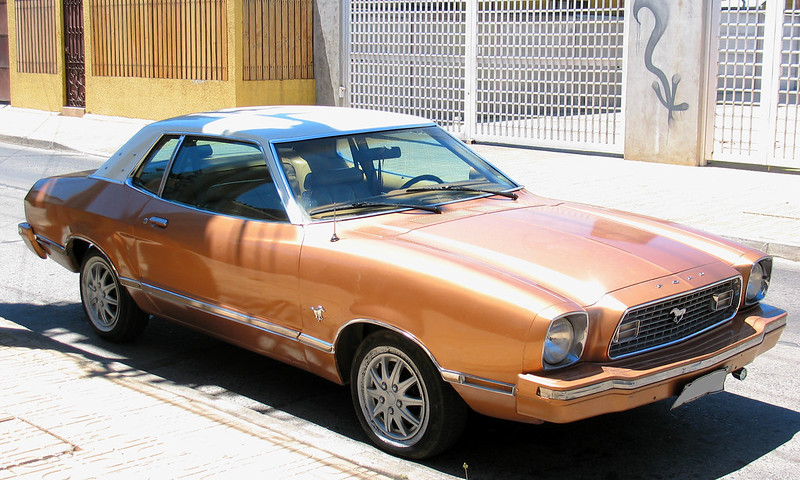
The Mustang II, introduced during the fuel crisis of the 1970s, was a major departure from the muscle car heritage of the original Mustang. It featured weak engine options, like the 88-horsepower inline-four, and lacked the raw power fans had come to expect. Its lackluster performance and uninspiring design made it a disappointment in the muscle car world.
Jaguar XJ220
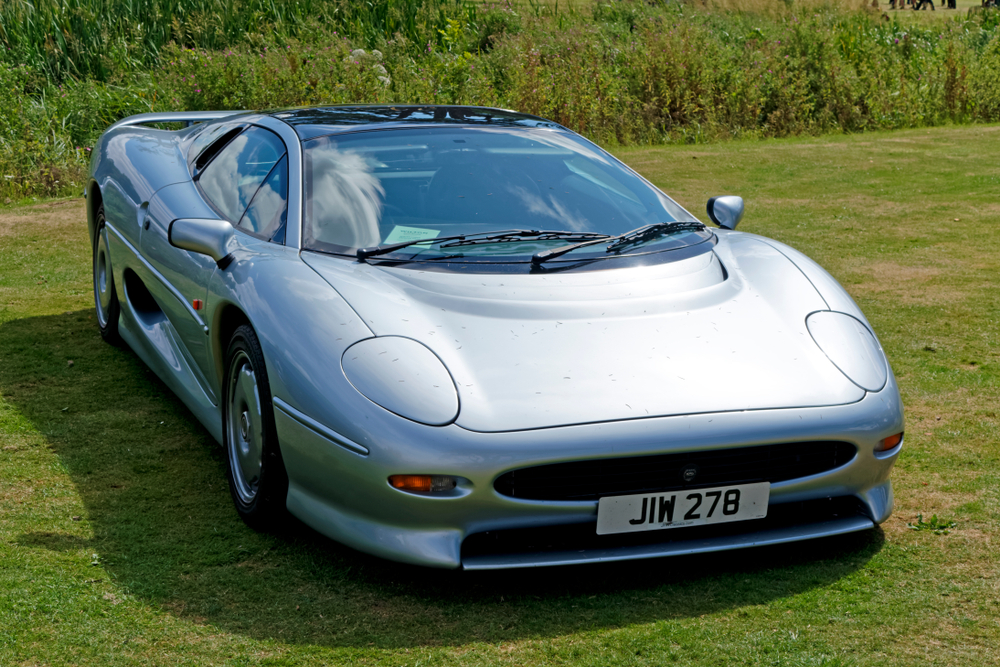
The Jaguar XJ220 was expected to be a world-beater with a proposed V12 engine and all-wheel drive. However, it was released with a twin-turbo V6 and rear-wheel drive instead, dampening expectations. While it was fast, the change in specifications left many buyers feeling short-changed, particularly given its exorbitant price tag.
Aston Martin Cygnet
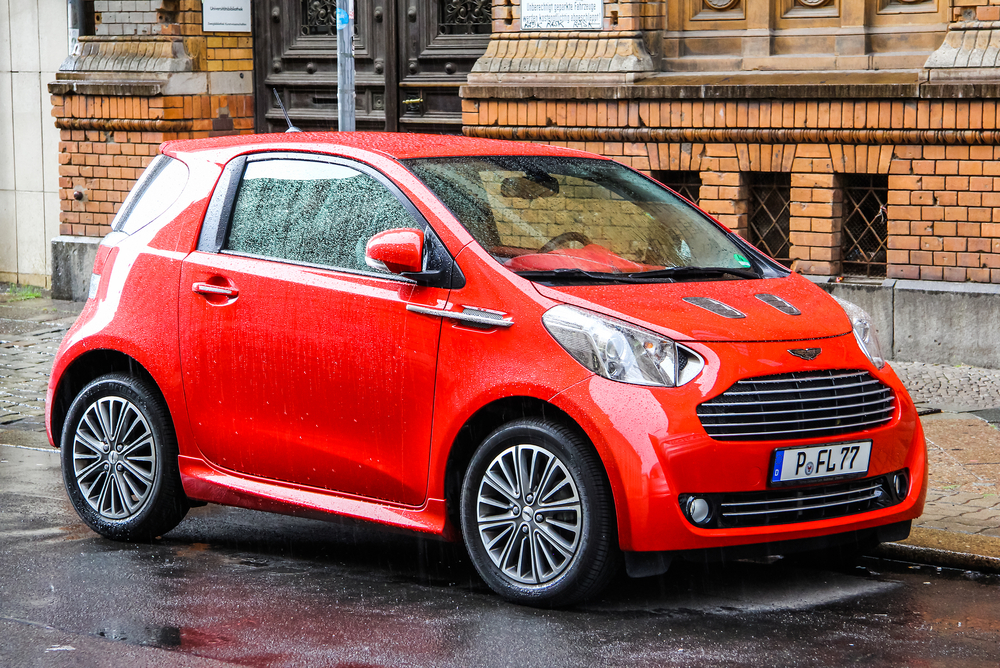
Aston Martin, known for its luxury sports cars, created the Cygnet as a compact city car to meet emissions regulations. Despite the premium brand, the Cygnet was based on the Toyota iQ and was underpowered, with a 1.3-liter engine producing only 97 horsepower. Its poor performance and high price tag didn’t resonate with Aston Martin’s performance-loving audience.
Chevrolet Corvette C4
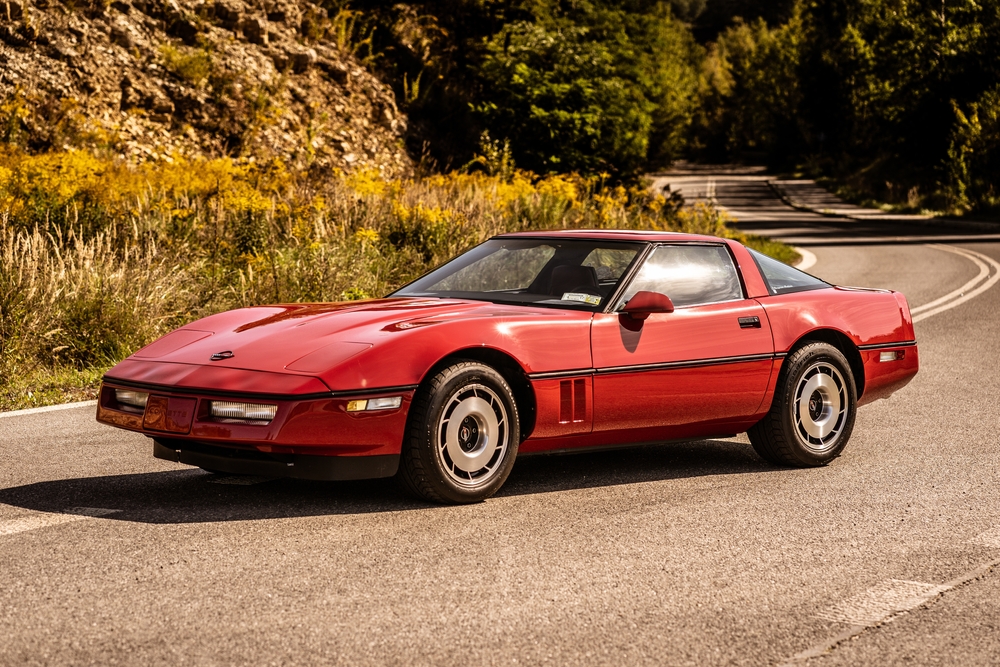
While the Corvette C4 marked a technological leap forward, its early models were underwhelming. The 5.7-liter V8 engine produced just 205 horsepower in 1984, and the car’s handling and ride comfort were rough. Later versions improved, but the initial excitement fell short of what Corvette enthusiasts had hoped for.
BMW M1
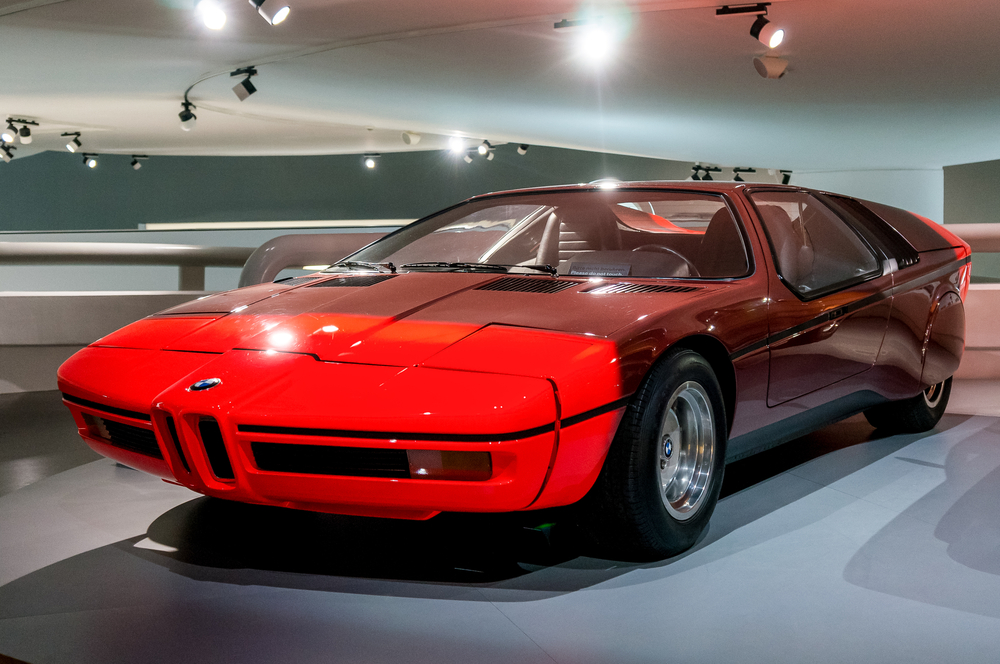
The BMW M1 was BMW’s attempt to enter the supercar world, but its production delays and high price point left it behind the competition. Powered by a 3.5-liter inline-six engine producing 273 horsepower, it wasn’t able to compete with the Italian supercars of the time in terms of performance or sales.
Maserati Biturbo
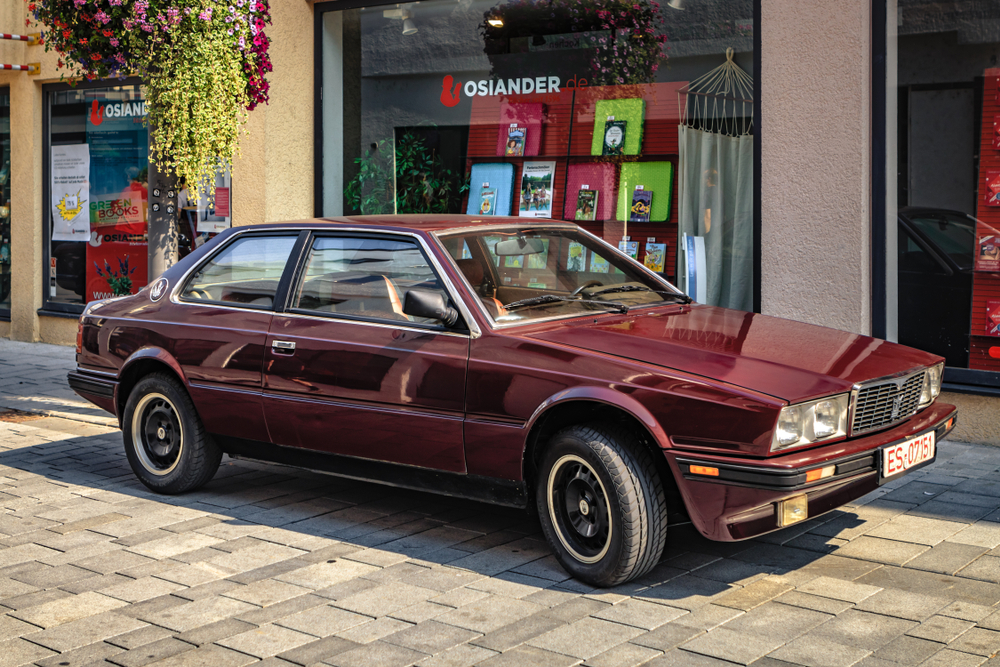
The Maserati Biturbo promised Italian luxury and performance at an affordable price, but its twin-turbocharged V6 was notoriously unreliable. Despite its 185 horsepower output, the car was plagued with electrical issues, poor build quality, and frequent breakdowns, making it a financial headache for owners.
Ferrari Mondial
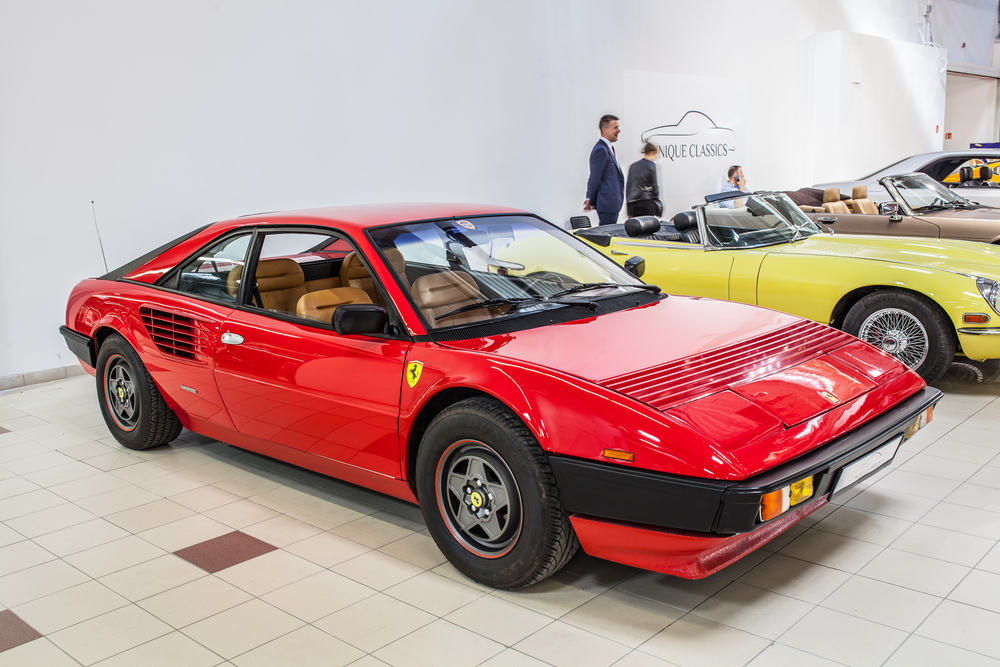
As an entry-level Ferrari, the Mondial was supposed to provide a balance of performance and practicality, but it ended up being underwhelming on both fronts. Its 3.0-liter V8 engine produced only 214 horsepower, leading to sluggish acceleration for a Ferrari, while its handling was criticized for being dull.
Subaru SVX
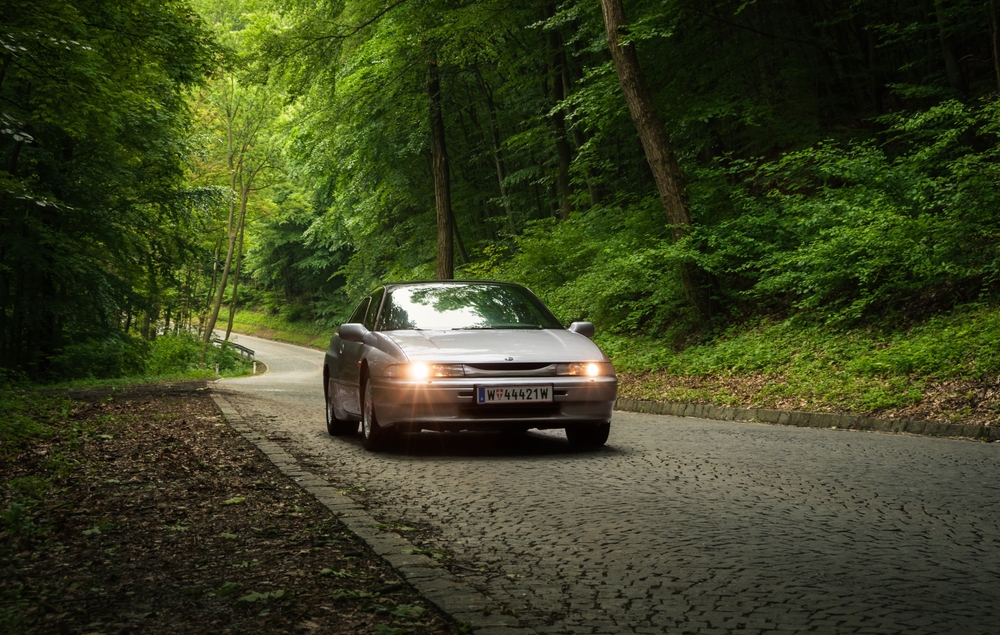
The Subaru SVX was a bold attempt at a luxury sports coupe with its futuristic design and unique window-within-a-window feature. However, its 3.3-liter flat-six engine producing 230 horsepower was paired with a sluggish 4-speed automatic transmission, which sapped the car’s performance potential and turned off enthusiasts.
Plymouth Prowler

The Plymouth Prowler looked like a hot rod straight from a comic book, but its performance didn’t match its aggressive styling. It was powered by a 3.5-liter V6 engine, producing only 214 horsepower, and lacked the V8 punch that its design seemed to promise, leaving drivers underwhelmed.
Cadillac Allante
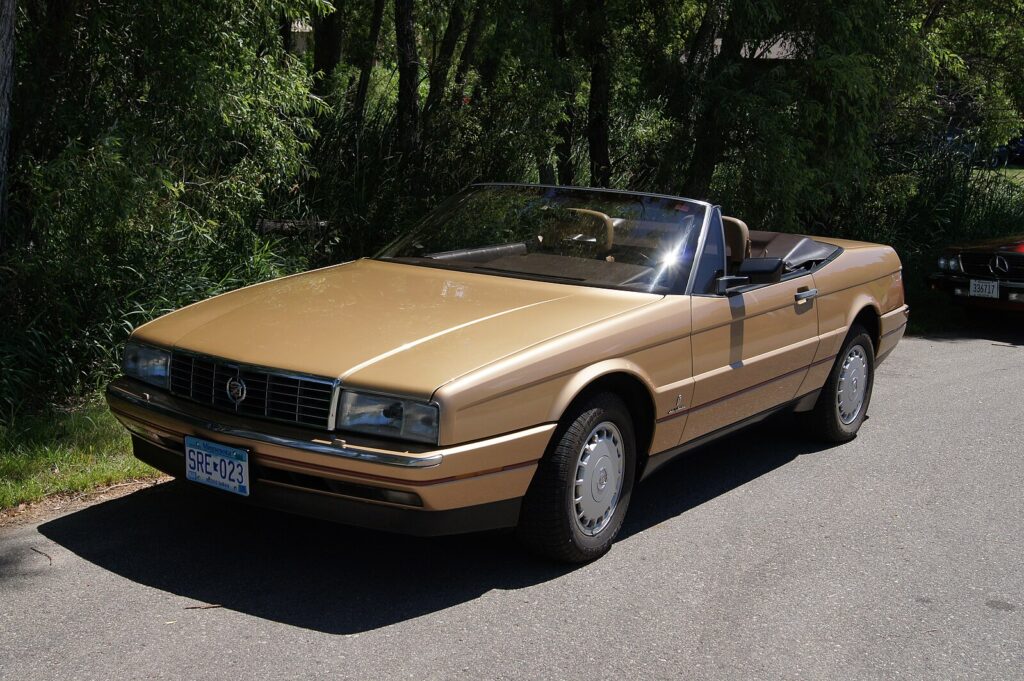
The Cadillac Allante was meant to compete with luxury European roadsters, but its front-wheel-drive layout and lackluster 170-horsepower V8 engine failed to deliver the performance buyers expected from a luxury convertible. Despite its Pininfarina design, it never captured the hearts of enthusiasts.
Nissan 300ZX (Z32)
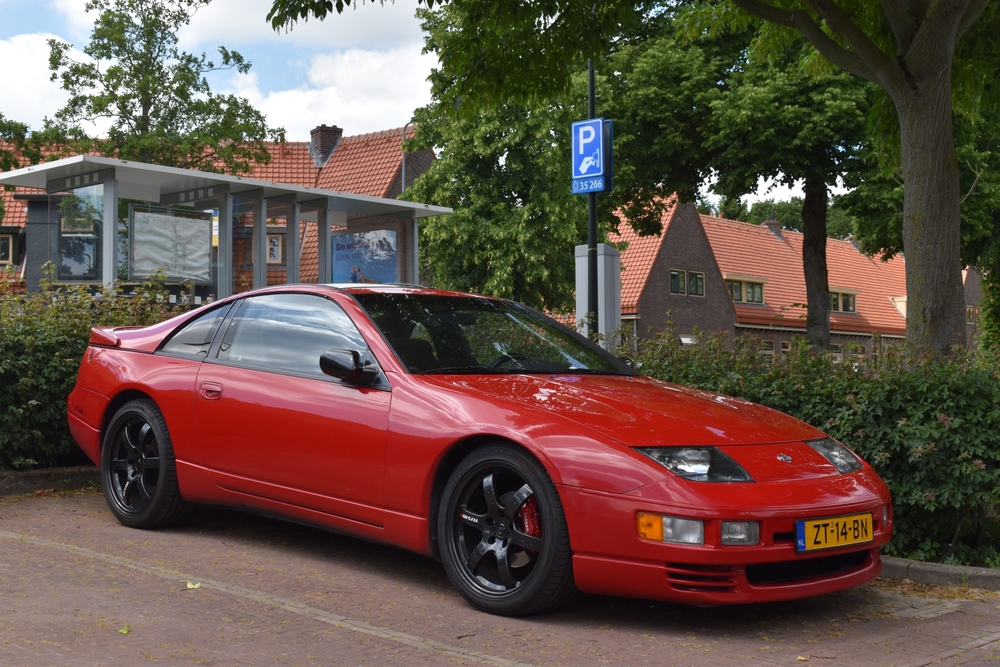
The Nissan 300ZX had the potential to be a world-class sports car, and while its turbocharged version was impressive, the base model with its naturally aspirated 3.0-liter V6 engine producing 222 horsepower was often considered underpowered. It was heavy for its class, which impacted its agility and driving experience.
Dodge Stealth
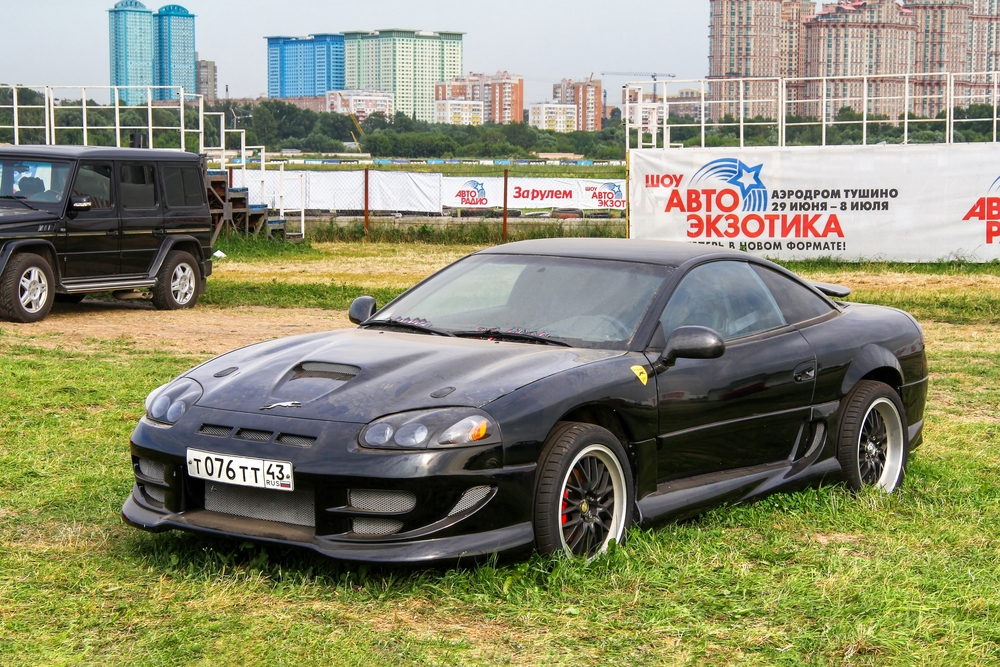
The Dodge Stealth shared much of its platform with the Mitsubishi 3000GT, but it was criticized for being too heavy and complex. Its 3.0-liter V6 engine, in non-turbo form, delivered just 164 horsepower, which wasn’t enough to justify its sports car looks and high price.
Alfa Romeo 4C
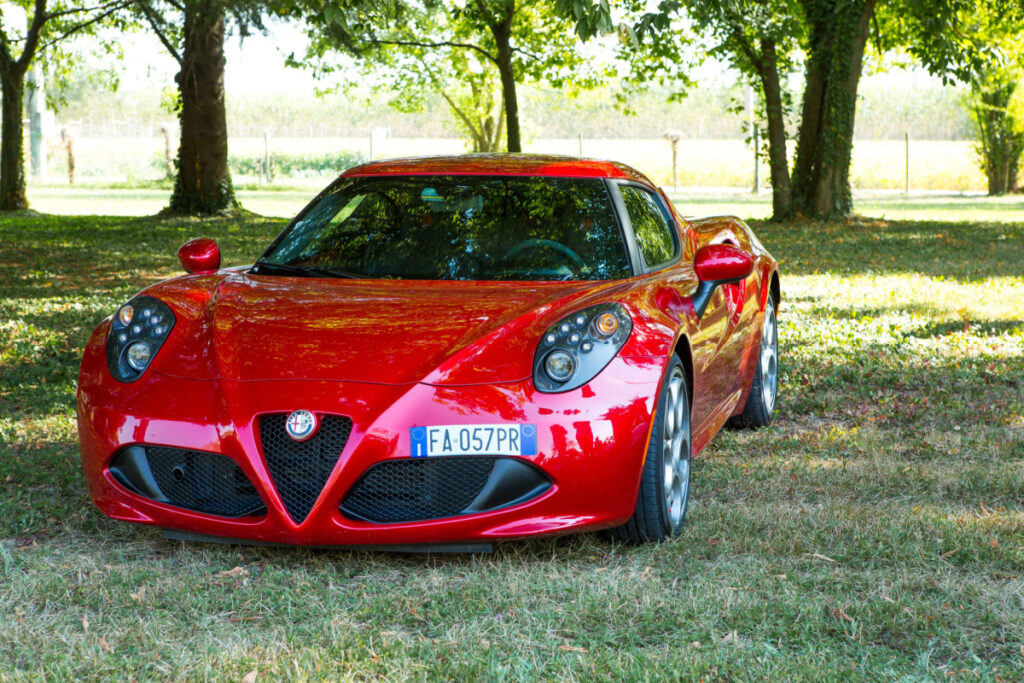
The Alfa Romeo 4C had the looks and the promise of a lightweight sports car, but its 1.7-liter turbocharged engine only produced 237 horsepower, which didn’t quite match the thrilling driving experience enthusiasts expected. Its stiff suspension and lack of power steering also made it uncomfortable for daily use.
Honda CR-Z
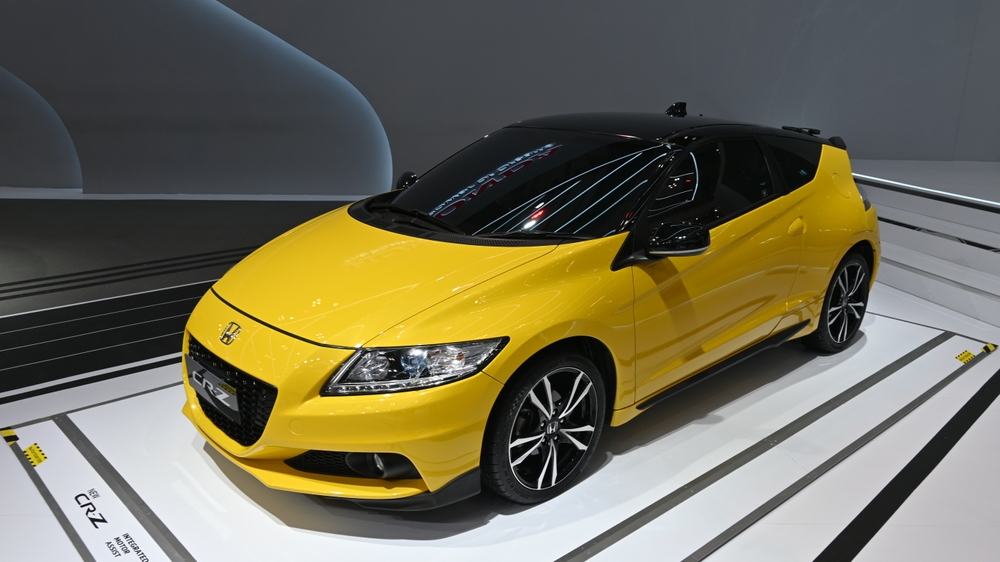
Billed as a sporty hybrid, the Honda CR-Z was supposed to combine performance and fuel efficiency. However, its 1.5-liter hybrid engine produced just 130 horsepower, which wasn’t enough to satisfy those seeking a true sports car experience, and it didn’t deliver the exceptional fuel economy expected from a hybrid either.
Lotus Esprit Turbo
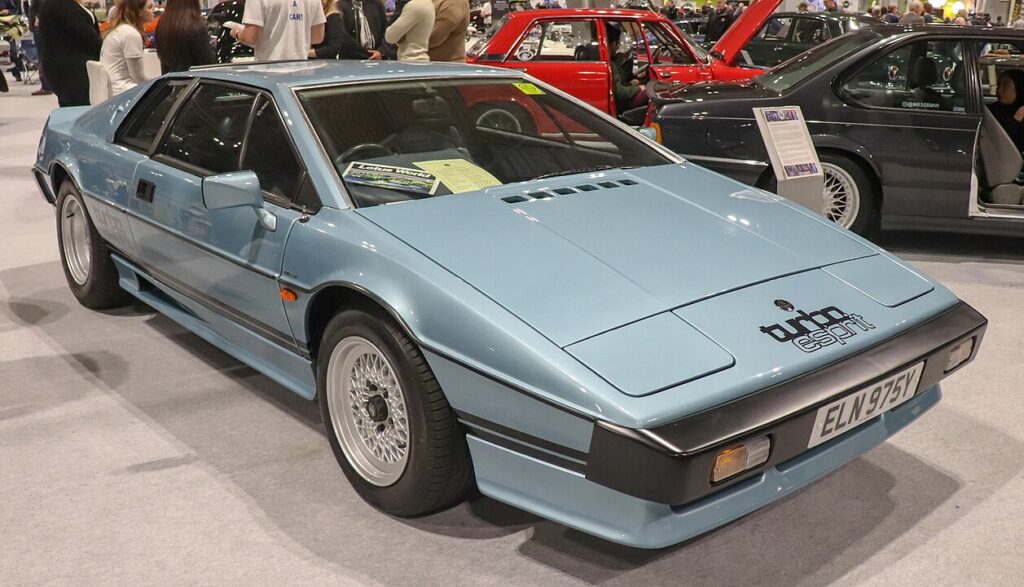
The Lotus Esprit Turbo promised exotic car performance, but its turbocharged 2.2-liter inline-four engine produced only 215 horsepower. While light and agile, its underpowered engine, frequent reliability issues, and outdated interior left many feeling it didn’t live up to its supercar status.
Toyota MR2 (3rd Generation)

The third-generation Toyota MR2, known as the MR-S in some markets, took a step back from the turbocharged performance of the previous models. Its 1.8-liter engine produced just 138 horsepower, and while it was nimble, it lacked the excitement and power that made earlier versions so popular among enthusiasts.
Vector W8
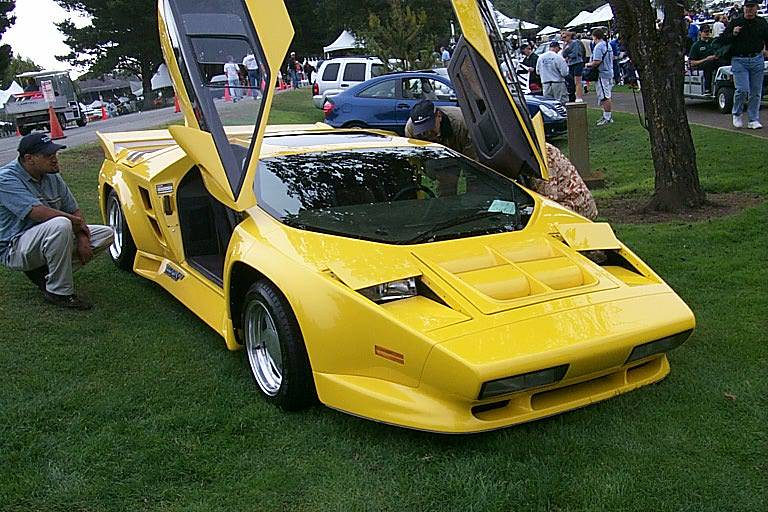
The Vector W8 was touted as an American supercar capable of extraordinary performance, but its overcomplicated design, heavy weight, and reliability issues overshadowed its 625-horsepower twin-turbo V8 engine. Only 17 units were made, and it failed to establish itself in the supercar world.
Mercedes-Benz SLS AMG Electric Drive
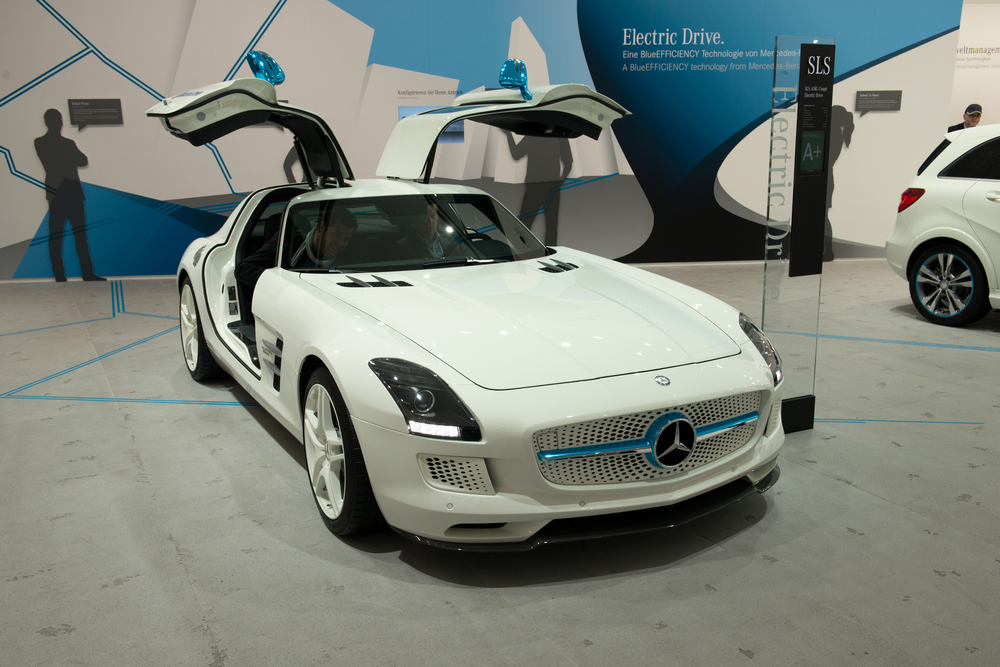
The SLS AMG Electric Drive was Mercedes’ first attempt at an all-electric supercar, but despite its impressive 740-horsepower output, the range and charging infrastructure at the time limited its usability. Its hefty price tag and the fact that it was far from the traditional AMG experience made it less appealing.
Lexus LFA
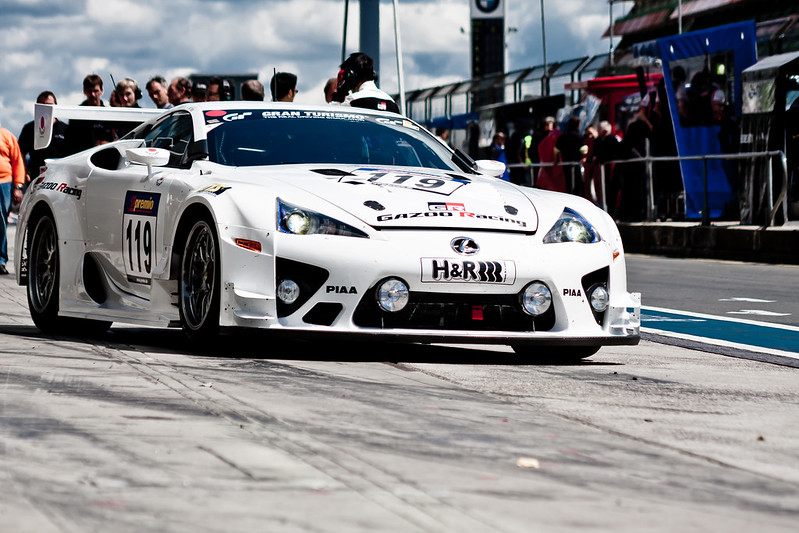
The Lexus LFA was a technological marvel with a high-revving 4.8-liter V10 engine producing 552 horsepower. Despite its incredible engineering, its sky-high price tag, limited production, and lack of emotional appeal compared to Italian rivals led many to feel it didn’t quite justify its hype.
Porsche 996 (First Generation)
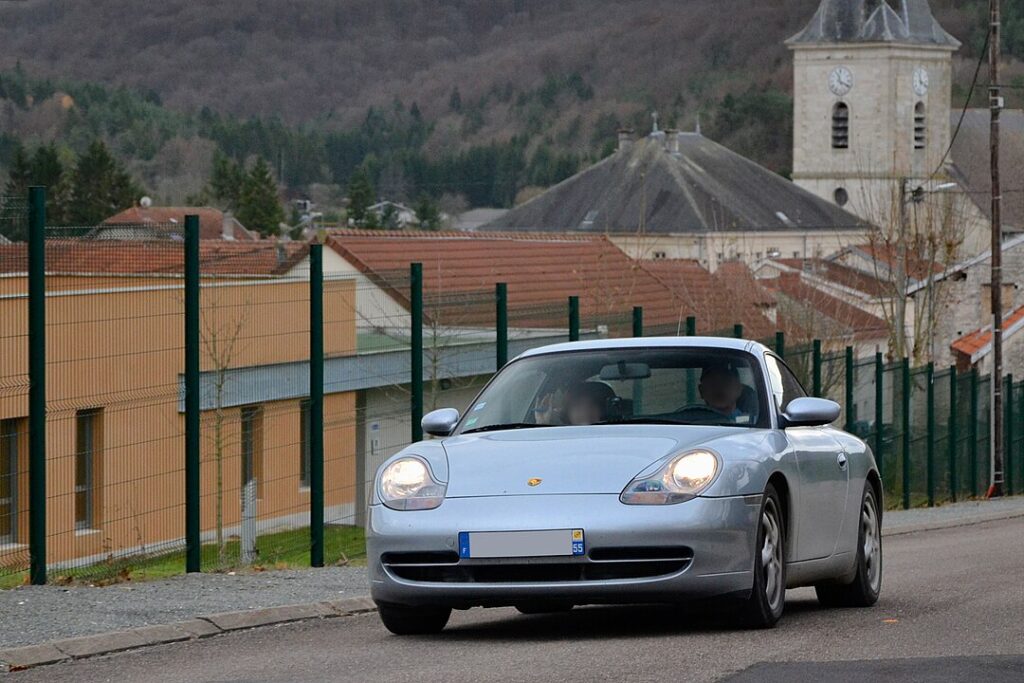
The first-generation Porsche 996 introduced the controversial water-cooled engine to the 911 series, which alienated many traditional Porsche fans. While it was still a capable car, its polarizing design and issues with intermediate shaft bearing (IMS) failures damaged its reputation.
Mazda RX-8
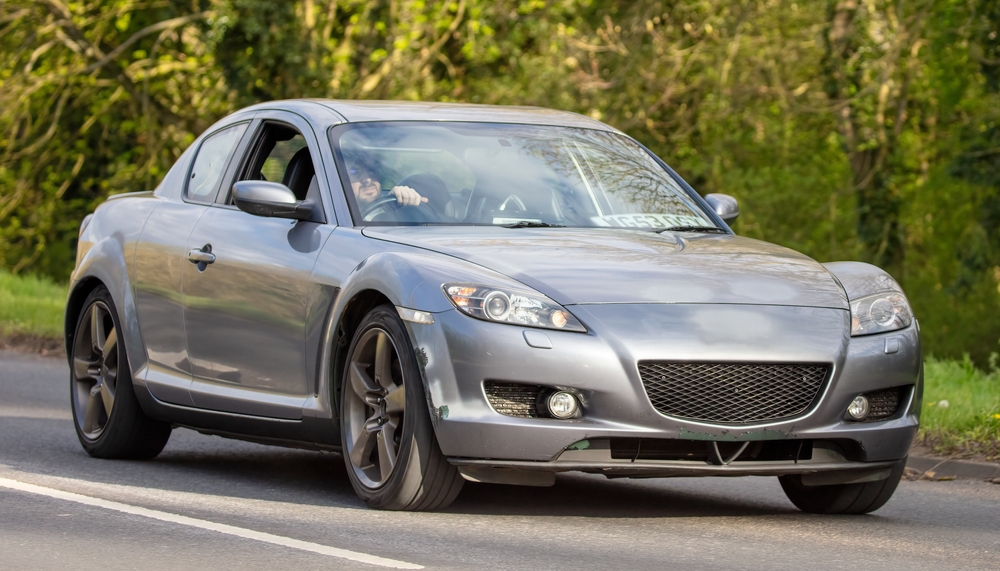
The Mazda RX-8 carried the torch for rotary engines, but its 1.3-liter Renesis engine was plagued by reliability issues and poor fuel efficiency. While it was praised for its handling, the lack of torque and frequent engine problems caused it to fall short of the high expectations set by its predecessor, the RX-7.
Mitsubishi 3000GT
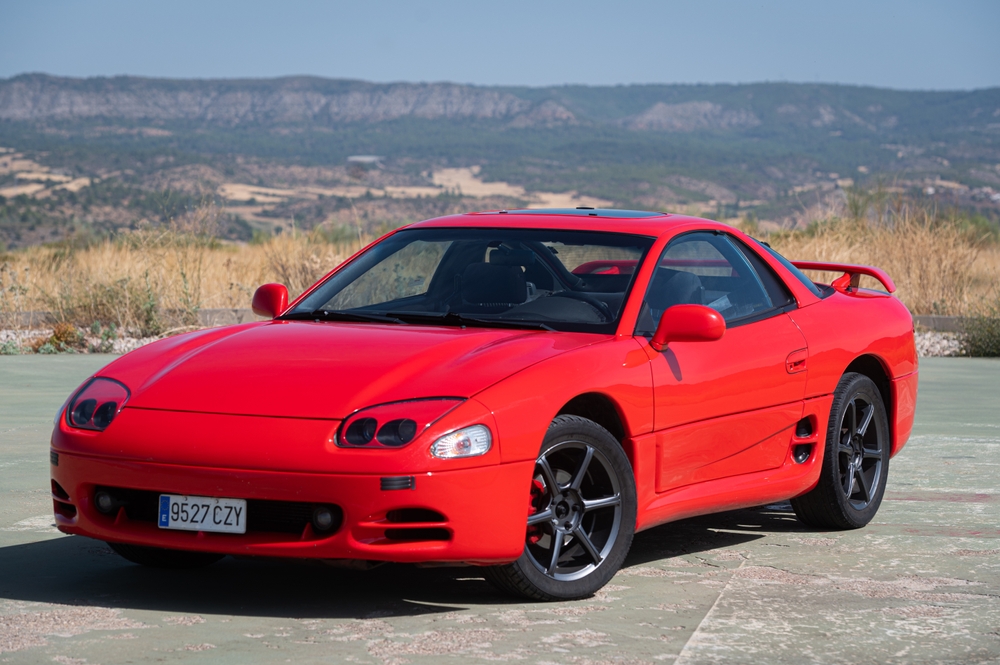
The Mitsubishi 3000GT was packed with technology like active aerodynamics and all-wheel drive, but its heavy weight and underpowered base model engine (producing 222 horsepower) limited its potential. It was expensive to maintain, and many felt it didn’t live up to its technological promise.
Chevrolet SSR
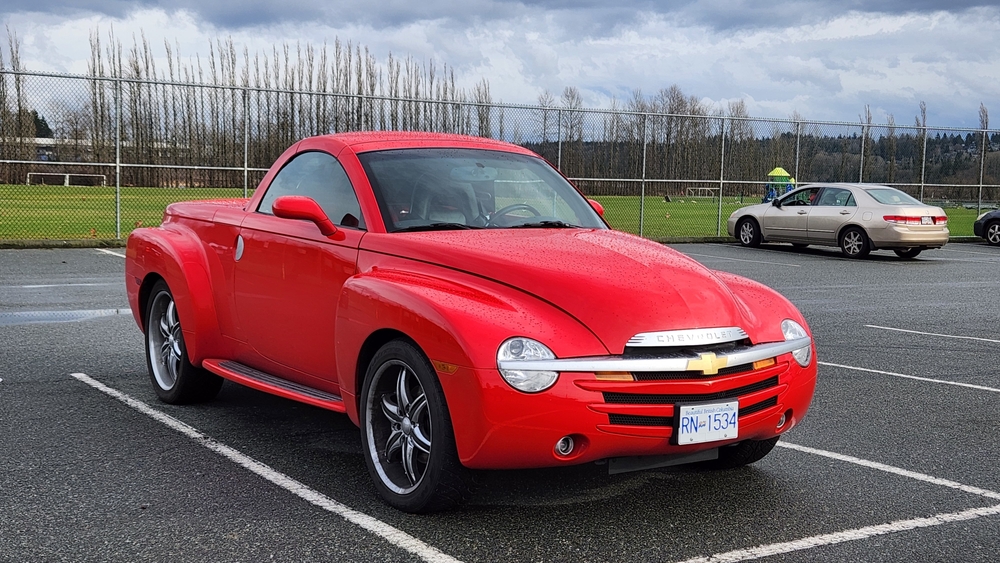
The Chevrolet SSR tried to combine the retro-styling of a pickup truck with the performance of a sports car, but its 5.3-liter V8 engine with 300 horsepower failed to deliver the excitement its looks promised. The handling was also criticized, making it more of a novelty than a serious performance contender.
This article originally appeared in MyCarMakesNoise.
More from MyCarMakesNoise
12 Antique Bicycles Sought After by Collectors

Antique bicycles provide a captivating look at the history and development of cycling, with each model showcasing unique craftsmanship and design. Collectors cherish these vintage bikes for their historical significance and timeless appeal. Read More
20 Revolutionary Motorcycles That Changed the Industry

Motorcycles have always been more than just machines—they’re symbols of freedom, innovation, and style. Over the years, certain models have stood out, leaving a lasting impact on the industry. Read More
18 Best Routes for a Fall Foliage Road Trip

There’s nothing quite like hitting the open road in the fall, when nature puts on its most colorful show. From the fiery reds and oranges of New England to the golden aspens of the Rockies, these 18 scenic routes offer some of the best fall foliage views across the country. Read More

